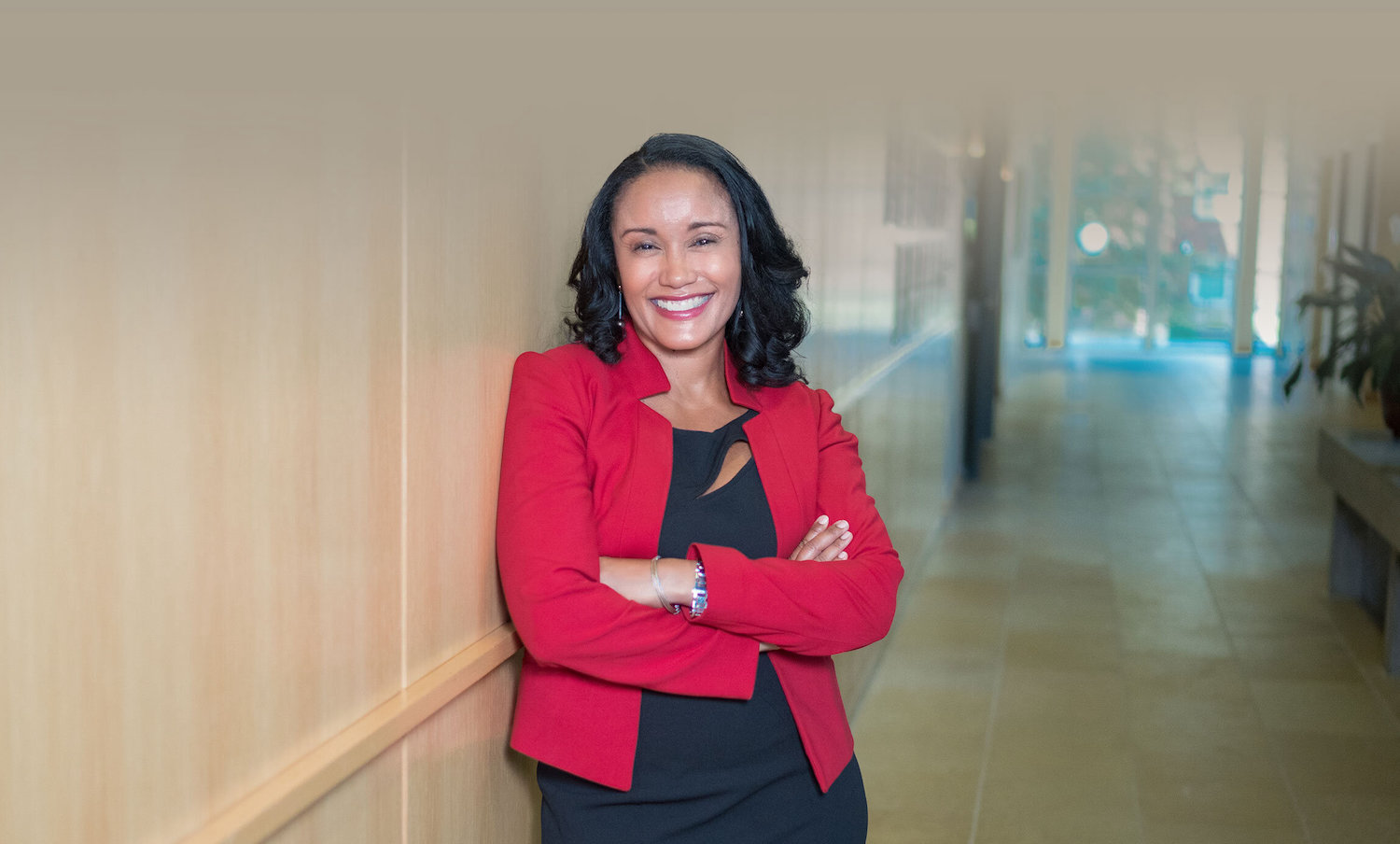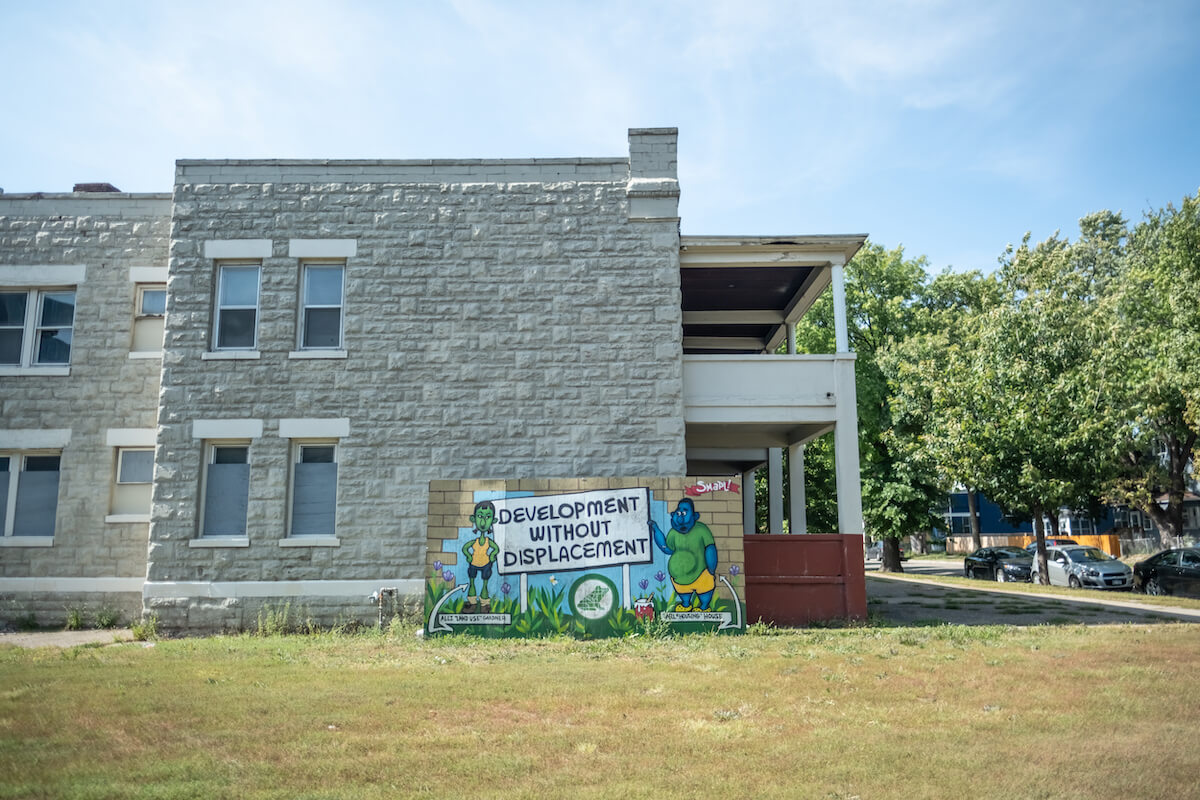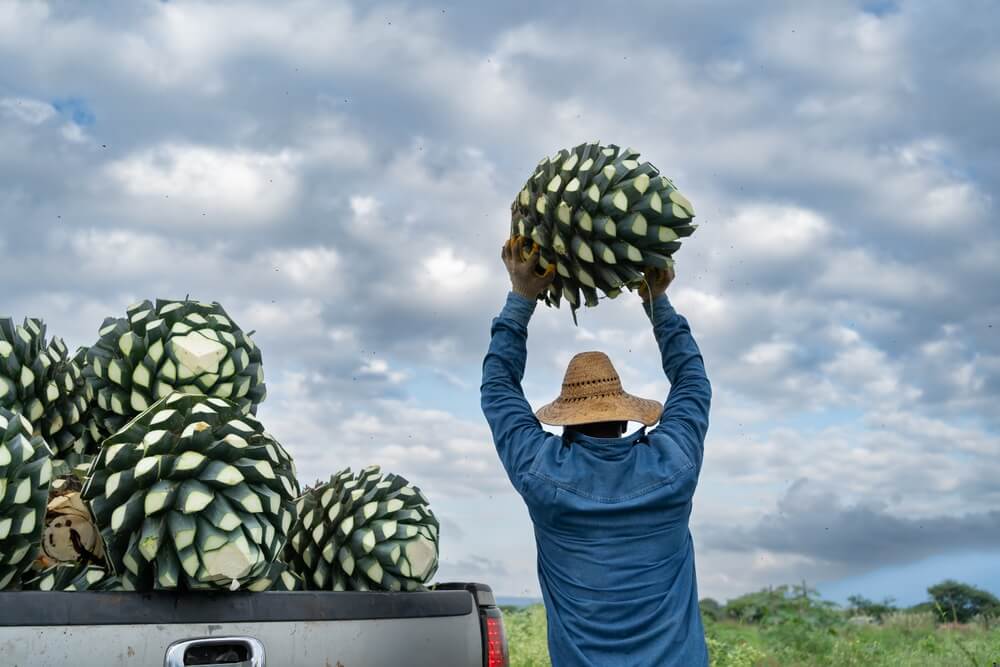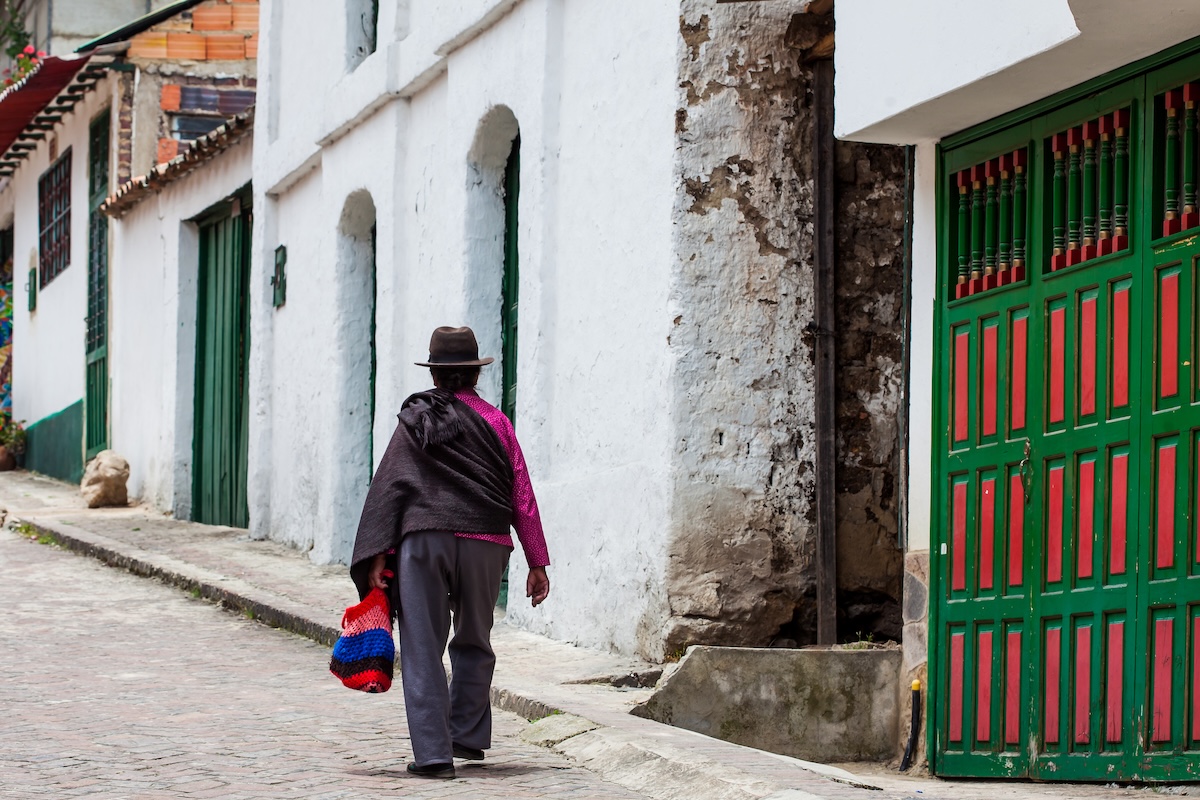Editor’s Note: The Social Impact Advantage, the new book from Tynesia Boyea-Robinson of CapEQ, walks readers through a step-by-step process for what it takes to leverage the power of social impact in their business. The following is an edited excerpt from the book, out now from McGraw Hill.
Not many 16-year-olds get to work at NASA, but there I was: a summer high school intern working at the Kennedy Space Center in Cape Canaveral. I was a part of SHARP (for Summer High School Apprenticeship Research Program), working on the International Space Station Alpha initiative.
My first day there, they gave me a thick folder containing packets and booklets with the straightforward name of “Information Kit.” It contained massive amounts of paper and contained things like the Kennedy Space Center strategic plan, a map of the series of buildings I had to navigate, a SHARP student handbook, and other documents that would help me understand what my job was and how I should do it. I lugged this “kit” around with me every day that summer.
I learned two important lessons working with nerds. First, I was a nerd too. I had always been nerd-curious, focused on my studies and gravitating towards the sciences. But, as a young Black woman, I wasn’t able to identify with nerd culture. A nerd was a skinny white man, not a short Black girl. After working at NASA, I knew there was a place for me among the nerds. This insight helped me take every other step in my life from studying engineering and computer science in college to working in e-commerce at GE, and even running Year Up, a nonprofit supporting youth in accessing technology careers, a decade later.
The second lesson I learned was related to that nondescript Information Kit: Everything was so complex, but that didn’t mean everything had to be overwhelming. While our goal was a literal moonshot, we had step-by-step plans in that Information Kit that helped us build our shared vision. From the lowliest intern (me) to the most senior leader, we were undeterred by aiming for what had never been done and motivated by what we could create together.
This dual appreciation of both the mindset and what it takes to achieve that mindset is missing from much of our work in business and society. We may focus too much on the end goal, and not enough on setting the right targets to help us get there. We may have big ideas, but we are unable to execute on them (or undervalue the work that it takes to achieve them) because we lack the information kit that will lead the way to getting there.
The moonshot mindset for social impact
Flash forward many years, after some time at GE and Harvard Business School, and I’m leading the Year Up expansion into the DC area. Year Up works with young people who had graduated high school but did not have many opportunities after that. They put them through training to receive college credits and set them up with apprenticeships in technology companies to help with project management, IT, and other tasks.
During my time at Year Up, I saw what it took to achieve substantive, positive changes in the lives of people who needed it. At NASA, I had seen what an organization could do with the right processes and ambition to achieve unfathomable tasks. I knew that the process behind both of those things was essentially the same.
Yet I also saw at Year Up that there was a “siloed” nature between the world of business and work that had social impact. Part of the reason I was so successful and raised so much money at Year Up was because I was able to connect with the corporate leaders in DC and speak their language from my time at GE and HBS.
But oftentimes, it astounded me that I needed a translator. Year Up’s work was about creating opportunity for young people and breaking down the barriers that society has set up for them. These business leaders in DC were also breaking down barriers and creating opportunities, the difference was that they did it with technology and business. We were talking about the same things, so why didn’t we all speak the same language?
The business of business is business?
The reason for this divide between business outcomes and social outcomes is longstanding and deep-seated in our Western, capitalist society. We have been living in an era defined by the Milton Friedman’s maxim “the business of business is business.” Business leaders see their role as maximizing profit and creating the most value for their customers, employees, and shareholders. Why should they be concerned with anything else? With these profits, the corporate leaders who maximize profits can then choose to give their funds away to help improve society.
This division of labor among the sectors has been essentially unchanged since the first major era of philanthropy began with people like J. D. Rockefeller and Andrew Carnegie. But we are beginning to see those walls come down. Consumers are looking more and more towards businesses to be social and political leaders, and companies are facing increased pressure from boycotts and digital organizing to make statements in support or against social causes. The millennial generation, in particular, are more interested in civic engagement and giving back and are making consumption decisions based on those values.
Yet businesses continue to treat social impact as a “side dish” rather than the main course of their operations. I saw this working with companies through Year Up. Some saw our work with them as a charitable act—something they were doing to our students to help out “disadvantaged youth.” Few saw it for what it really is, or could be—a talent recruitment tool to gain highly qualified staff with a high probability for long-term retention.
Making impact the main course
Year Up was offering something that broke down the silo between business and nonprofits. It gave companies a chance to improve their bottom line while also improving society. Time and time again I saw this offer accepted, but without companies understanding what it really meant for them. I knew that until the business community saw things like Year Up for what they really were—a true win-win—we would not only fail to solve society’s biggest challenges, but also fail to unleash the true power of business and the capitalist engine that drives it.
After dedicating several years to Year Up and getting to a place of sustainability, I decided to move on and start working on a new moonshot: to change how the world does business.
I certainly have not yet achieved my bold moonshot, but through my impact investment and advisory firm, CapEQ, I have helped dozens of companies change their practices to improve their bottom line while also improving society. I’ve worked with major industry players like Walmart, the Carlyle Group, Athleta, and others to help them leverage the power of social impact—what I call “equitable impact”— and engage with their customers. I have seen what businesses can do when you no longer think of impact as a side dish, but the main course.
This work isn’t easy, but we can do it.
Tynesia Boyea-Robinson is the president and CEO of CapEQ and author of The Social Impact Advantage, out now from McGraw Hill.











